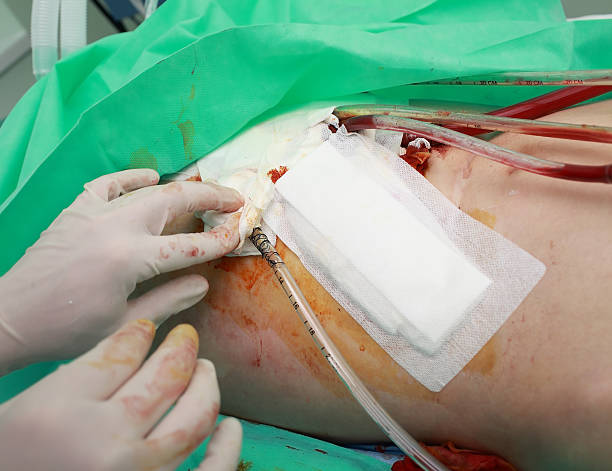Chest tube insertion is a procedure commonly performed by surgeons throughout their general and cardiothoracic surgical training. Proper placement of a chest tube can effectively evacuate air, fluid, and blood. In many cases, the insertion of a chest tube can prevent more invasive procedures.
Hence, it is always advisable to hire an expert surgeon for chest tube surgery from https://www.centese.com/cardiac-surgery/. Chest drains are mostly inserted during an emergency or after surgery, so often there’s no way to prepare.
Generally, your doctor will ask for your consent to perform the procedure if you’re conscious. You may need some tests before the procedure, including:
- Chest X-ray – to confirm whether air or fluid is present
- Chest ultrasound or CT scan – to evaluate the fluid.
Risks of having a chest drain are rare and can include:
- Bleeding – a small amount of bleeding can occur if a blood vessel is damaged when the chest tube is inserted
- Infection – the use of sterile tools during the procedure helps reduce this risk
- Injury – the lung, diaphragm, or stomach may be injured during the procedure
- Pain during the procedure – your doctor will give you pain relief medication
- Problems with the drainage system – there could be a kink in tubing, leaking drain, or a displaced tube
- Surgical emphysema – when air escapes into spaces under the skin.
